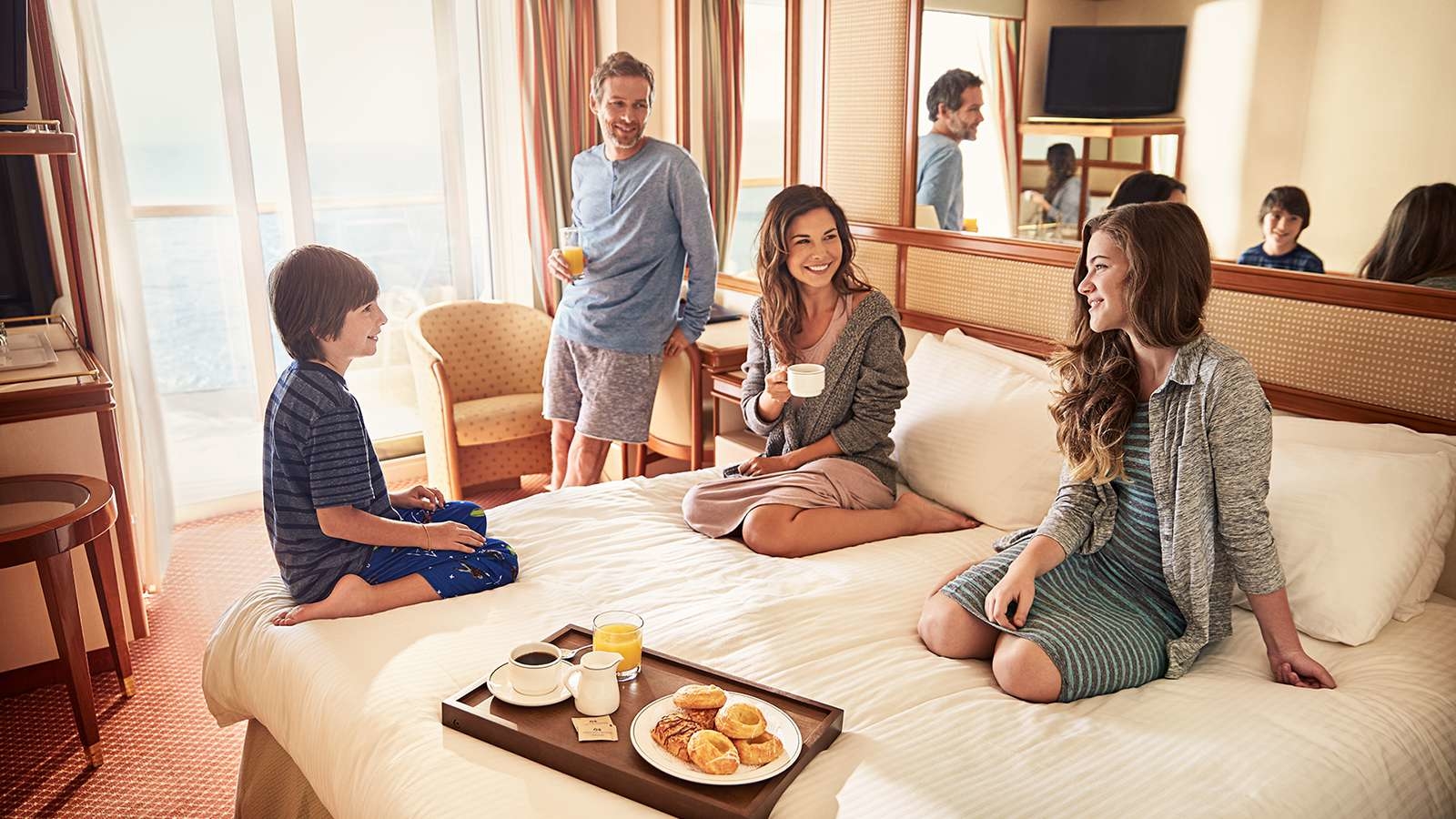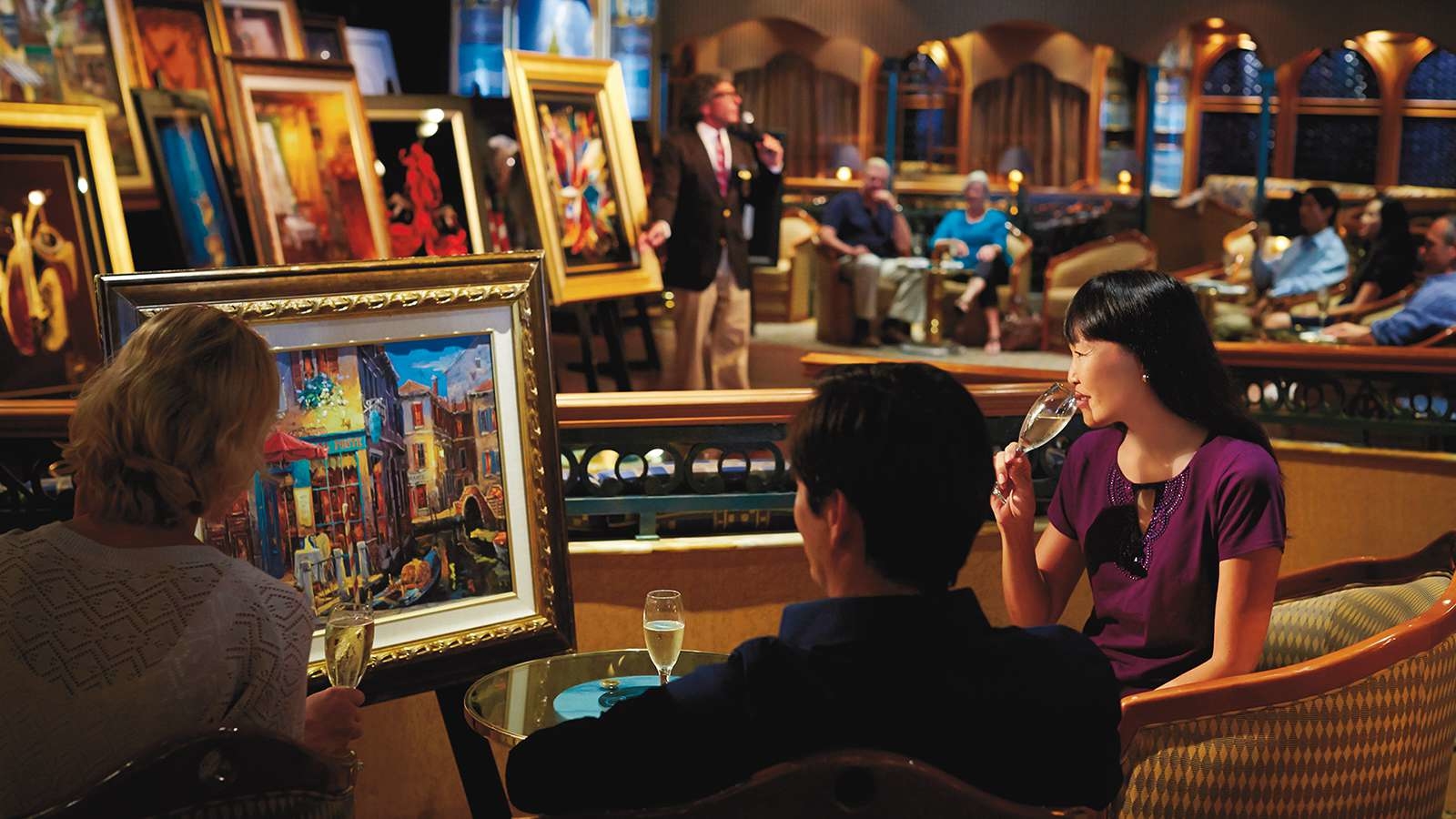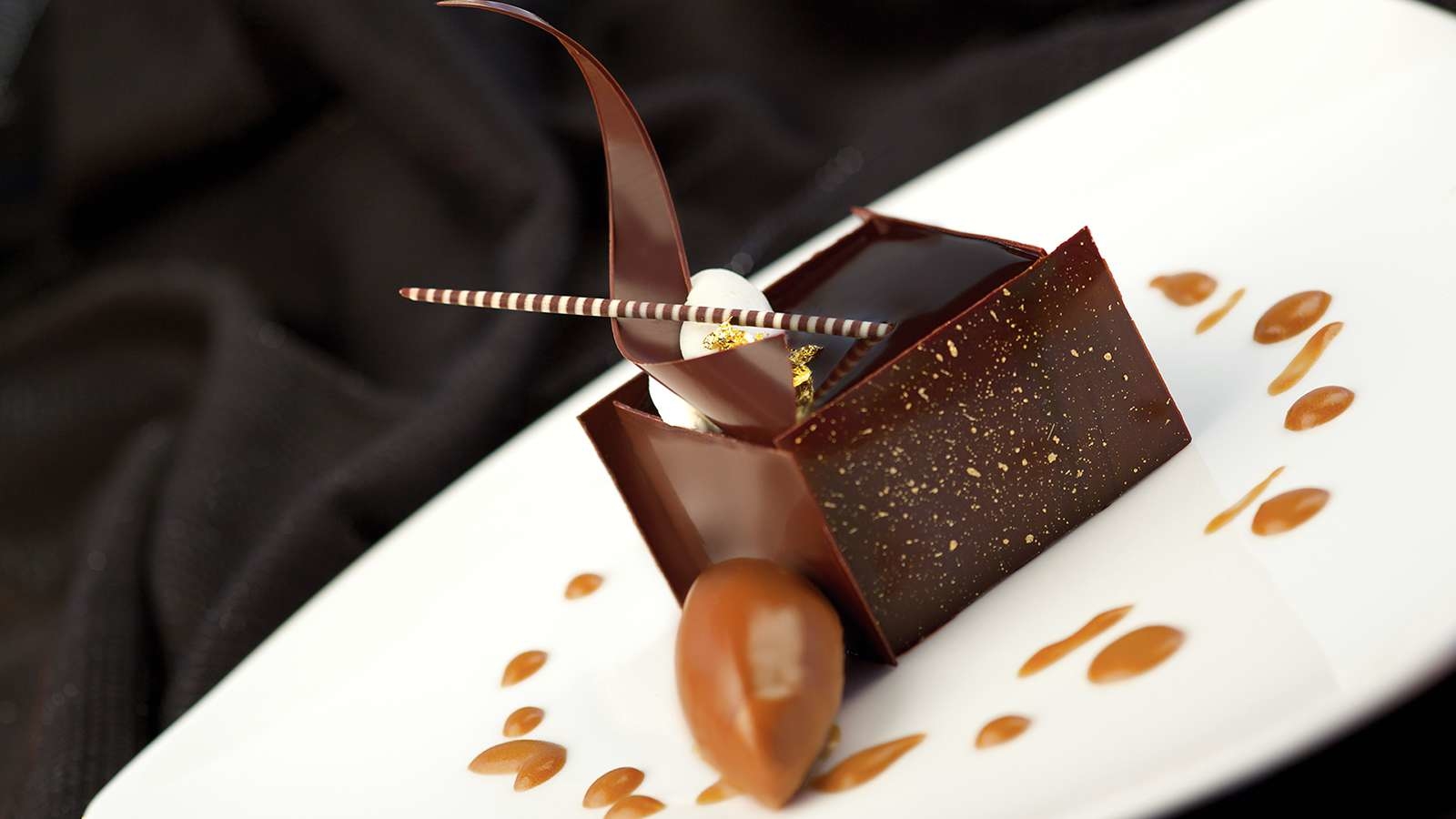Please complete the form below



Singapore – the very name summons visions of the mysterious East. The commercial center of Southeast Asia, this island city-state of four million people is a metropolis of modern high-rise buildings, Chinese shop-houses with red-tiled roofs, sturdy Victorian buildings, Buddhist temples and Arab bazaars. Founded in 1819 by Sir Stamford Raffles of the fabled East India Company, the city is a melting pot of people and cultures. Malay, Chinese, English and Tamil are official languages. Buddhism, Taoism, Islam, Hinduism and Christianity are the major faiths. Singapore is an ever-fascinating island boasting colorful traditions, luxurious hotels and some of the finest duty-free shopping in the world.
Lying just 85 miles north of the Equator at the tip of the Malay Peninsula, the island was a haven for Malay pirates and Chinese and Arab traders.
From a lawless huddle of kampongs in the trackless jungle, Kuala Lumpur, the capital city has grown into a fascinating metropolis. Steel and glass towers stand side by side with graceful stone colonial buildings and mosques adorned with slender minarets. The commercial, financial, economic and cultural heart of Malaysia, Kuala Lumpur (better known as KL), is a melting pot. Its population of 1.6 million is comprised of Malays, Chinese, Indians, and a mix of different cultures including Eurasians and others.
Langkawi comprises a group of 99 tropical islands lying off the northwestern coast of Peninsular Malaysia. The main island is known as Pulau Langkawi. The islands are shrouded with an intriguing heritage of myths and legends that feature ogres and gigantic birds, warriors and fairy princesses, battles and romance. Langkawi has been accorded the Geopark status by UNESCO, for its beautiful geological heritage of stunning landscapes, karsts, caves, sea-arches, stacks, glacial dropstones and fossils. With a geological history dating back 500 million years, the islands contain unique rock formations that stir the imagination and baffle the mind.
In 1786 Francis Light persuaded the Sultan of Kedah to cede Pulau Pinang – the “Isle of Betel nut” – to the English crown. Legend has it that Light persuaded his men to clear the overgrown island of Penang by firing a cannon filled with gold coins into the jungle as an incentive. The island was renamed Prince of Wales Island, and its major town was christened Georgetown after King George III. Whether the story is true or not, Penang quickly became a major trading port for tea, spices, china and cloth. Here European, Malaysian, Hindu, Arabic and Chinese cultures met, melded and flourished. Today George Town is a cosmopolitan city that has preserved its unique heritage and its exotic blend of cultures.
George Town is perhaps the best-preserved city in Southeast Asia. It boasts a European-style esplanade and a wealth of temples, mosques and Chinese clan houses. Listed as a UNESCO World Cultural Heritage Site in 2008, this virgin paradise has no shortage of cultural sights and natural scenery.
Hailed as the “Pearl of the Andaman Sea,” this island off Thailand’s long southern coast boasts a colorful history. A crossroads for trade, Phuket has been a melting pot of Thai, Malay, Chinese and Western influences. Its importance over the past 500 years stemmed from the island’s natural resources, which include tin, hardwoods and rubber. In the past half-century, Phuket has enjoyed wide popularity as one of the premier travel destinations in Southeast Asia. Travelers are drawn to the island’s beaches, crystalline waters, and dramatic, forested hills.
One of Vietnam’s most popular seaside resorts, Nha Trang offers white-sand beaches, azure waters and palm trees swaying in the breeze. Gaily painted fishing boats line the harbors. Small farm villages nestle in the countryside’s lush valleys. Yet this relaxed city of some 300,000 souls boasts a long and storied past.
Nha Trang was the capital of the Champa Kingdom, which dominated this corner of Southeast Asia for 13 centuries. North of the city, the great Cham Tower complex overlooks the Cai River and offers mute testimony to the kingdom’s glory. Today, the towers attract locals and visitors alike, many of whom come to meditate while contemplating superb views of the river and the bay.
Nha Trang’s tourist district consists of a scattering of colonial-era beachfront hotels and sidewalk cafes. The city was a popular spot for U.S. servicemen during the Vietnam War.
Hạ Long Bay, in northeast Vietnam, is known for its emerald waters and thousands of towering limestone islands topped by rainforests. Junk boat tours and sea kayak expeditions take visitors past islands named for their shapes, including Stone Dog and Teapot islets.
Hạ Long Bay, in northeast Vietnam, is known for its emerald waters and thousands of towering limestone islands topped by rainforests. Junk boat tours and sea kayak expeditions take visitors past islands named for their shapes, including Stone Dog and Teapot islets.
Chan May Port is located in the south-east corner of Thừa Thiên–Huế Province, Vietnam. It is operated by the Management Board of Chan May-Lang Co Economics Zone. Ownership of the Chan May Port may be assumed by the Vinashin Group in early
Over three decades have passed since the Vietnam War ended with the fall of Saigon. Today, the name of this bustling metropolis on the Mekong River is Ho Chi Minh City. Yet, the essence of the city, a major trading center since the 18th century, remains unchanged. The air is filled with the cries of street hawkers and honking horns. Bicycles, motorbikes and automobiles fly down the boulevards at dizzying speeds. And everywhere, friendly faces and warm greetings meet you.
The port of Phu My (pronounced “Foo Me”) is your gateway to Ho Chi Minh City and the seaside resort of Vung Tau.
Singapore – the very name summons visions of the mysterious East. The commercial center of Southeast Asia, this island city-state of four million people is a metropolis of modern high-rise buildings, Chinese shop-houses with red-tiled roofs, sturdy Victorian buildings, Buddhist temples and Arab bazaars. Founded in 1819 by Sir Stamford Raffles of the fabled East India Company, the city is a melting pot of people and cultures. Malay, Chinese, English and Tamil are official languages. Buddhism, Taoism, Islam, Hinduism and Christianity are the major faiths. Singapore is an ever-fascinating island boasting colorful traditions, luxurious hotels and some of the finest duty-free shopping in the world.
Lying just 85 miles north of the Equator at the tip of the Malay Peninsula, the island was a haven for Malay pirates and Chinese and Arab traders.
Over three decades have passed since the Vietnam War ended with the fall of Saigon. Today, the name of this bustling metropolis on the Mekong River is Ho Chi Minh City. Yet, the essence of the city, a major trading center since the 18th century, remains unchanged. The air is filled with the cries of street hawkers and honking horns. Bicycles, motorbikes and automobiles fly down the boulevards at dizzying speeds. And everywhere, friendly faces and warm greetings meet you.
The port of Phu My (pronounced “Foo Me”) is your gateway to Ho Chi Minh City and the seaside resort of Vung Tau.
Four decades ago, Da Nang was America’s major strategic base in Vietnam. The 1968 Tet Offensive saw bitter fFour decades ago, Da Nang was America’s major strategic base in Vietnam. The 1968 Tet Offensive saw bitter fighting for control of the old imperial capital of Hue – the turning point of the war. But that was 40 years ago. Today Danang is your gateway to the scenic and cultural riches of Vietnam. A World Heritage Site, Hue is the most visited spot in the entire country. Travelers will long remember their visit to its Imperial Citadel, modeled on Beijing’s Forbidden City. China Beach, where Marines landed in 1965, is an internationally acclaimed resort. And against an exotic backdrop of forested hills and Cham ruins, farmers toil in paddy fields still worked with water buffalo.
Once a fishing village on the Han River, Da Nang is a city of over 400,000 people. Hue is a three-hour drive from Da Nang.
Da Nang is an anchorage port. Passengers transfer to shore via ship’s tender.
Skyscrapers form a glistening forest of steel and glass, junks and sampans ply the busy harbor waters, and the green, dragon-crested hills of Kowloon beckon. Welcome to Hong Kong, one of the world’s great travel destinations. Now a semi-autonomous region of China, Hong Kong – literally “Fragrant Harbor” – has lost none of its charm, excitement or exoticism. Modern skyscrapers and luxury hotels climb the slopes of Hong Kong Island. Narrow streets are crammed with noodle vendors, fortunetellers and bonesetters. The endless array of shops offer the visitor everything from hand-tailored suits and ancient porcelain to the latest consumer electronics. And everywhere more than seven million people are moving at a breathtaking pace in one of the world’s great monuments to capitalism, commerce and enterprise.
The former Crown Colony has enough attractions to last a lifetime. To take in the entire spectacle, head to Victoria Peak for panoramic views. Enjoy lunch on one of the city’s floating restaurants. Walk down one of the crowded streets to take the city’s rapid pulse. And whether you think you are in the mood or not – shop. After all, you are in the duty-free capital of the world.
The oldest Chinese reference to Taiwan dates back to the Han Dynasty in the 3rd century B.C. However, it wasn’t until the 17th century A.D. that Chinese Hakka traders first settled on the island. These bold merchants were soon followed by European and Asian adventurers seeking to control and colonize the strategic island. The most famous migration of all occurred in 1948, when the government of the Republic of China fled the mainland.
Taipei is one of the world’s most important commercial centers. Despite its turbulent history, Taiwan today boasts an economy that is the envy of the world. Modern Taiwan is a world leader in the production of bicycles, computer chips, plastics, chemicals and computer notebooks. Taipei is a sophisticated modern metropolis that has not forgotten its rich traditional past.
The port of Keelung is your gateway to Taiwan. Visit the bustling city of Taipei and other interesting areas surrounding on this fascinating island in the East China Sea.
The balmy, subtropical climate draws countless visitors to its sandy shores, but Ishigaki offers much more than your typical island getaway. It is the cultural, political and economic center of the Yaeyama Islands, originally founded in 1908 as Yaeyama Village and becoming Ishigaki Town in 1926. Ishigaki was elevated to city status on July 10, 1947. A hilltop Shinto shrine which dates back to 1614 is the perfect place to start your exploration of this lovely town. Noted for its white-sand beaches and turquoise waters to which snorkelers flock for a glimpse of the island’s famed manta rays, Ishigaki Island offers many opportunities to commune with nature. Ishigaki has palm forests, mangrove-lined rivers suited for kayaking, and jungle-covered mountains perfect for hiking adventures. Amidst such natural beauty, you’ll find an abundance of cultural sites with ties to the island’s rich history. The Yaeyama Museum displays historic artifacts as well as traditional cultural items, and a visit to the well-preserved Miyara Dunchi, built in 1819, is a rare example of a samurai-style residence. Be sure to leave time in your busy day to sample some of the sweet island pineapple and to shop for the island’s famed black pearls, a most special souvenir.
Note: Ishigaki is an anchorage port. Transportation from ship to shore is via the ship’s tender service.
The largest island in the Ryukyu Archipelago, Okinawa has been a center of trade and a source for conflict through its history. The island has been an independent kingdom, the feudal possession of a Japanese daimyo and a prefecture of Japan following the Meiji Restoration of 1866. Okinawa was the scene of bitter fighting during the closing days of World War II. Over 100,000 civilians perished and the island was left in ruins. A US military possession, Okinawa returned to Japanese rule in 1972. Naha is the island’s largest city and the capital of Okinawa Prefecture.
Okinawa is the birthplace of karate. One of the world’s most popular martial arts, karate is a fusion of Chinese kung fu and traditional island martial arts.
Kochi sits on the broad alluvial plain facing Urado Bay. This city in Shikoku takes its name from the great feudal castle that sits at its very heart. Completed in 1611, Kochi Castle was the seat of Yamauchi Kazutoyo, a noted warrior who supported Tokugawa Ieyasu in his successful quest to become Shogun. Tosa Province and Kochi Castle were Yamauchi’s reward for faithful service. There is an historical irony here: 250 years later, a Kochi native son – a former low-ranked samurai and now ronin named Sakamoto Ryoma – played a pivotal role in bringing the Tokugawa Shogunate to an end and restoring the Emperor of Japan to political prominence. The prize once awarded for faithful service had become a hotbed of support for the Meiji Restoration.
Kochi is one of the wettest places in Japan – and a frequent target for cyclonic storms or typhoons. Southeast of the city, warm oceans currents washing against the Aki Mountains create a subtropical landscape of hibiscus, palm and ficus at Muroto-Anan Quasi-National Park.
Kobe is the fifth-largest city in Japan and is the capital city of Hyogo Prefecture on the southern side of the main island of Honshu. Its name comes from “kanbe”, an archaic title for supporters of the city’s Ikuta Shrine. With a population of about 1.5 million, the city is part of the Keihanshin (Keihanshin) metropolitan area along with Osaka and Kyoto.
The earliest written records regarding the region come from the Nihon Shoki, which describes the founding of the Ikuta Shrine by Empress Jingu in AD 201. For most of its history the area was never a single political entity, even during the Tokugawa Period, when the port was controlled directly by the Tokugawa Shogunate. Kobe did not exist in its current form until its founding in 1889.
Kobe was one of the cities to open for trade with the West following the end of the policy of seclusion and has since been known as a cosmopolitan port city. While the 1995 Great Hanshin Earthquake diminished much of Kobe’s prominence as a port city, it remains Japan’s fourth busiest container port. The city is the point of origin and namesake of Kobe beef as well as the site of one of Japan’s most famous hot spring resorts, Arima Onsen. Kobe is also your gateway to Kyoto, Japan’s ancient imperial capital and the nation’s cultural and spiritual center.
Yokohama and Edo began life as sleepy fishing villages. That changed in the early 17th century after Tokugawa Ieyasu became Shogun. Edo became the center of political power in Japan, a position the city retained even after the restoration of Imperial rule in 1866.
Contemporary Tokyo may be the most astonishing city on earth. It’s a paradoxical mix of ancient tradition and postmodern culture. The Ginza – an international shopping mecca – stands near the serene grounds of the Imperial Palace, and the hyper-speed of 21st century consumerism is mysteriously reconciled with the elegance and serenity of traditional culture. Tokyo provides the traveler with a dizzying experience.
With the Meiji Restoration of 1868, Edo was renamed Tokyo, the “Eastern Capital,” to distinguish it from the old imperial capital at Kyoto, the “Western Capital.”

Finding the latest prices
Please complete the form below